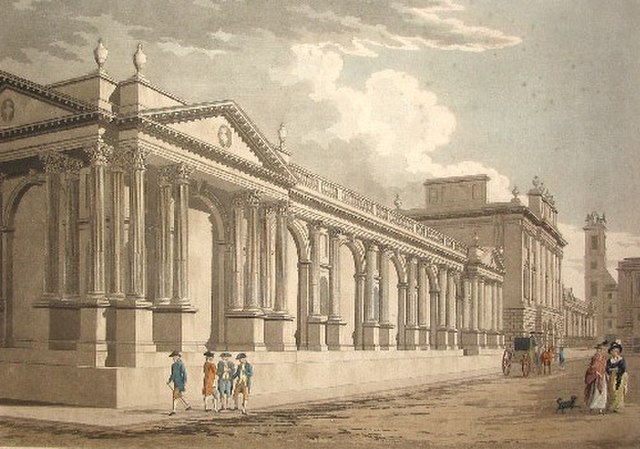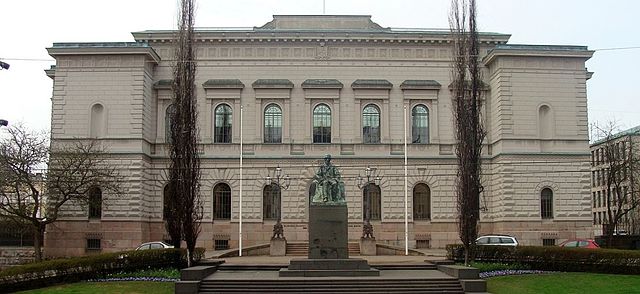In public finance, a lender of last resort (LOLR) is the institution in a financial system that acts as the provider of liquidity to a financial institution which finds itself unable to obtain sufficient liquidity in the interbank lending market when other facilities or such sources have been exhausted. It is, in effect, a government guarantee to provide liquidity to financial institutions. Since the beginning of the 20th century, most central banks have been providers of lender of last resort facilities, and their functions usually also include ensuring liquidity in the financial market in general.
The Federal Reserve System headquarters in Washington, D.C.
The Bank of England in London
The Reserve Bank of New Zealand in Wellington
A central bank, reserve bank, national bank, or monetary authority is an institution that manages the currency and monetary policy of a country or monetary union. In contrast to a commercial bank, a central bank possesses a monopoly on increasing the monetary base. Many central banks also have supervisory or regulatory powers to ensure the stability of commercial banks in their jurisdiction, to prevent bank runs, and in some cases also to enforce policies on financial consumer protection and against bank fraud, money laundering, or terrorism financing.
Walter Bagehot, influential 19th-century theorist of the economic role of central banks
Interior of the Llotja de Barcelona where the city's Taula de canvi was operated
The Bank of England in 1791
The Bank of Finland in Helsinki







